
Wine
A Legendary Legacy
Over the years, the Australian wine industry has had no shortage of characters and brilliant winemakers whose pioneering spirit and bold winemaking has propelled Australian wine onto the global stage.
On that list of great Australian wine names, one stands out. One whose wines are some of Australia’s rarest and finest vinous treasures. That name is Maurice George O’Shea.
Born in North Sydney on 13 June 1897, the son of Irish wine merchant John Augustus O’Shea and his French wife Léontine Francis, the young Maurice attended St Ignatius College, Riverview and Holy Cross College in Ryde before being sent to a lycée (high school) in Montpellier, France.
After completing school, Maurice attended the École Nationale Supérieure Agronomique de Grigon, near Paris, then studied as a viticulturist and analytical chemist at the University of Montpellier.
The winemaking and wines of France had a huge influence on the young Maurice O’Shea, who after a time lecturing at the University of Montpellier, returned to Australia in 1920 at the behest of his mother.
Making the hunter home
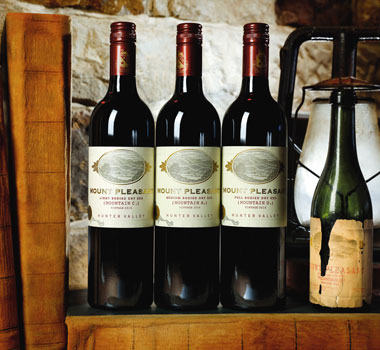
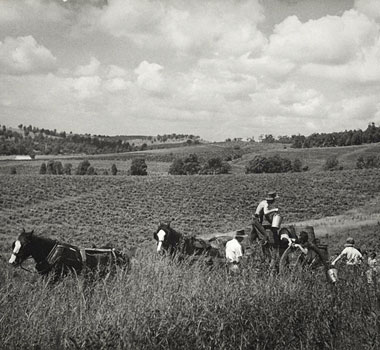
With his father dead and brother in ill health due to a lung injury from The Great War, Maurice had responsibilities; they needed open spaces and fresh air. Given his father’s background in the wine and spirit industry, the purchase of a vineyard made sense. In 1921, the same year as Maurice married Marcia Singer, the family purchased a 16.3 hectare vineyard in Pokolbin, further extending the block and naming the vineyard ‘Mount Pleasant’ in 1925.
Maurice initially missed the European city life, but he began to see the huge potential of the Hunter Valley and in particular the Mount Pleasant site. Being familiar with the great hillside Syrah plantings and wines in France, he was convinced he could replicate them in the Hunter Valley.
It was not an easy time to make table wine in Australia; the consumer was more interested in beer, fortified wines and spirits. There was scorching summer heat, and devastating hail storms every second year from 1927 to 1939 and ever constant disease pressure on the vines. There was no electricity, no temperature control, no cultured yeast and none of the winemaking trickery we take for granted these days.
Despite being up against it, O’Shea moved ahead with his vision of fine, medium-bodied table wines, very much inspired by the wines he had been exposed to in France.
With his intuitive grasp of the great Hunter Valley vineyard sites and masterful understanding of the art of blending, he forged a reputation for wines of great elegance, fruit purity and restraint, laying the framework for what today is considered the prototype regional style of Hunter Valley wine, a style that has been adopted and admired across the world.
a pivotal partnership
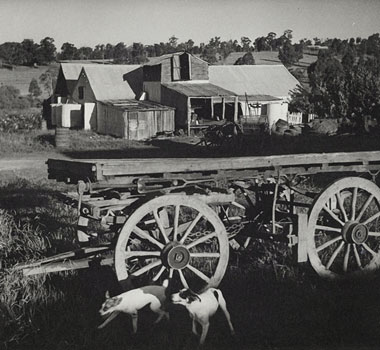
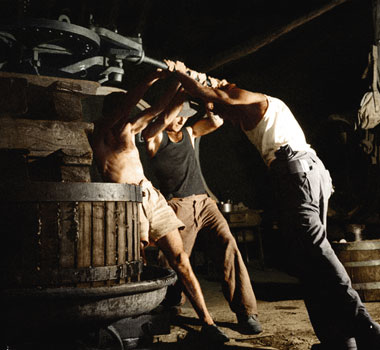
During the Depression in 1932, Keith McWilliam, recognising the talent and potential unfolding in the Hunter Valley, joined forces with Maurice O’Shea and McWilliam’s Wines purchased 50% of the winery and O’Shea became manager and a director of its subsidiary, Mount Pleasant Wines Pty Ltd.
McWilliam’s purchased the remaining shares in 1941 and Maurice O’Shea remained as manager and winemaker. Drawing on his intimate knowledge of the Hunter Valley’s vineyards, O’Shea purchased the Lovedale and Rosehill sites and planted vineyards.
Freed from the restraints of sales and distribution, O’Shea was able to concentrate solely on his winemaking and the wines produced from the estate during the early and mid-40s have achieved legendary status.
With the McWilliam family on board, Maurice became a major purchaser of Hunter Valley grapes, as well as wine for resale and blending purposes. Local producers relied on his expertise and winemaking techniques.
Maurice O’Shea’s uncanny ability to be able to judge young wines, an ability to ascertain if a wine needed to be blended to reach its full potential and his ability to work in basic conditions to consistently produce great wines was astounding. That the wines were able to continue long lives in the cellar to be enjoyed and celebrated up to 75 years after they were produced is testament to Maurice O’Shea’s greatness.
an inquisitive mind

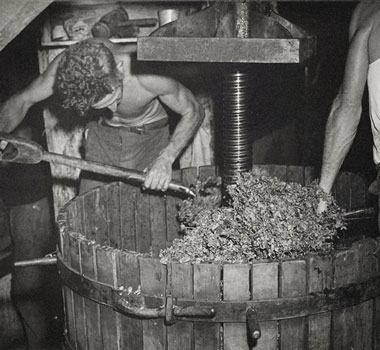
You could say O’Shea wasn’t exactly the archetypical ‘poster boy’ winemaker. He was short of stature and wore thick ‘coke bottle’ eyeglasses due to extreme myopia.
In many of the photos of him at work, O’Shea appears bare-chested, in shorts, toiling away with a pitchfork, digging out fermenters. Max Dupain’s famous photograph taken in the Mount Pleasant cellar shows a bespectacled O’Shea examining a sample of wine in a glass. Inquisitive, a master of his art.
Tragically, having been stricken by cancer, O’Shea passed away in 1956, aged just 59, surrounded by his wife Marcia and his daughter, Simone. He was buried at Gore Hill Cemetery in Sydney.
Though few remain today, O’Shea’s wines are rare and highly sought-after, having passed into legendary status.
The 1922 ‘B’ Riesling, 1942 TY Hermitage, 1943 Mountain D, 1945 Henri II Full Bodied Dry Red (named after Sydney restaurateur Henri Renault), 1945 Bin H4, 1947 Henri III, 1952 Stephen Heritage, 1953 Phillip Hermitage, 1954 Bin 53/30 Claret, 1954 Richard and 1954 Robert Hermitage are all considered to be amongst Australia’s greatest wines.
The late great Len Evans said he got more pleasure out of O’Shea’s than any other Australian wines and Max Schubert, creator of Grange, said he ‘felt humbled’ to be in the presence of the wines of O’Shea.
the o’shea legacy
As the memories of these great wines are kept alive via those who have tried them, O’Shea, his wines and his work with the McWilliam family remain an inspiration for each new generation of winemakers.
Mount Pleasant today burns bright with the flame of quality that was lit by O’Shea many years ago. The importance of site and the great vineyards that formed the basis of his wines remains. As does the uncompromising commitment to quality that resonates through the wines.
A true visionary, Maurice O’Shea laid the path for others to follow. His influence on the wine industry was immense and the lineage at Mount Pleasant remains intact for all to enjoy.